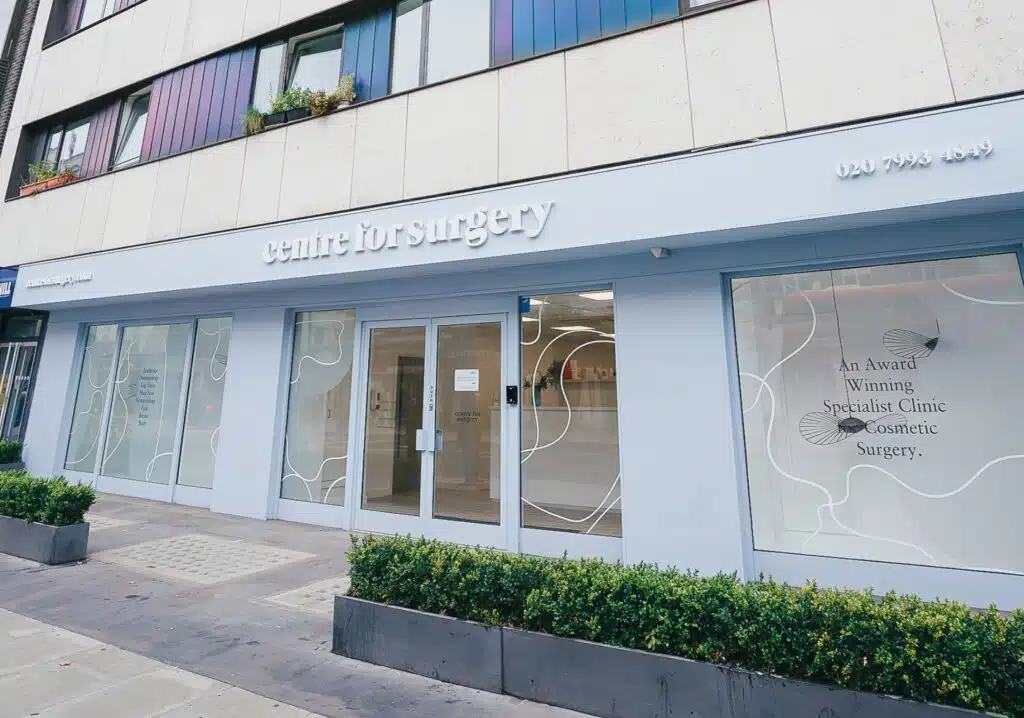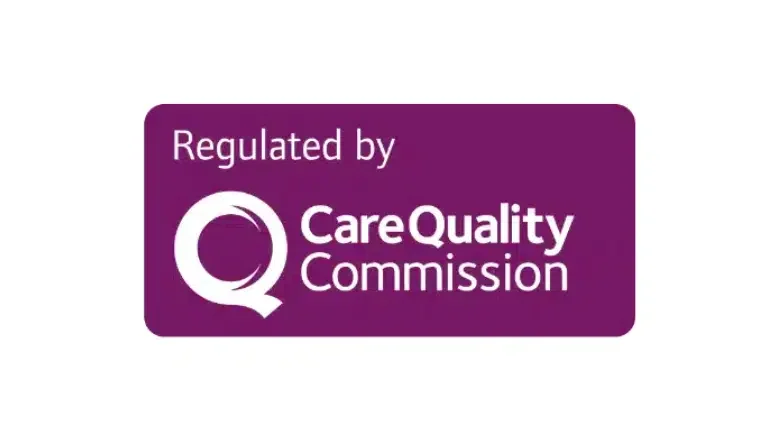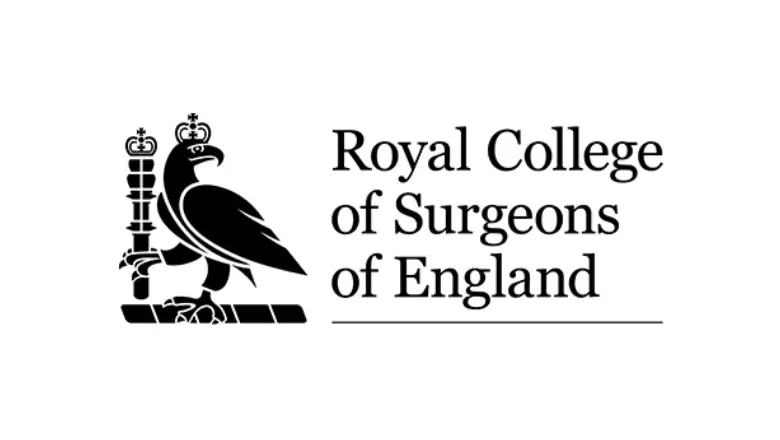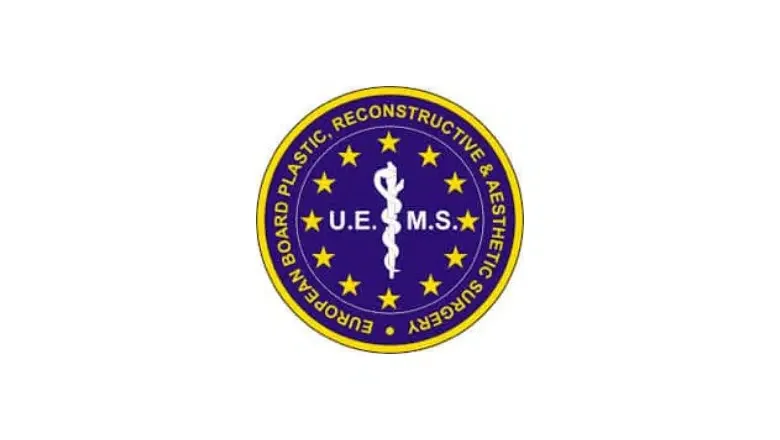Having a tummy tuck can often be an exciting procedure many people look forward to. Being pregnant or undergoing major weight loss can often leave you with excess skin around the abdominal area. A tummy tuck to remove this excess skin and fat can help improve your self-esteem and confidence. One part of the process that can put people off undergoing this procedure is the thought of a long recovery period. It can often be daunting thinking about the potential pain you may experience after surgery. However, if you know what to expect before you undergo your procedure, you can be prepared for what will happen during the recovery period.
RELATED: What does a tummy tuck involve?
What is a tummy tuck?
A tummy tuck, also known medically as an abdominoplasty, is a cosmetic surgery procedure designed to improve the appearance and shape of your abdomen and midsection by targeting the removal of excess fat and skin. Diastasis recti can be effectively treated with abdominal muscle repair.
What are the benefits of a tummy tuck?
- Achieve a firmer and flatter-looking abdomen.
- Improvement in abdominal muscle strength, which helps to reduce back pain.
- Significant boost in self-confidence.
Am I suitable for a tummy tuck?
Ideal patients for tummy tuck surgery include:
- Those who have stubborn belly fat that has not been reduced with diet and exercise.
- Patients with excess skin after childbirth.
- Patients who have developed diastasis recti or abdominal separation after pregnancy.
- Patients left with saggy skin after significant weight loss.
- Patients have developed a significant loss of self-confidence due to saggy skin and abdominal muscle bulging.
Will I need a full tummy tuck or a mini tummy tuck?
In most cases, a full tummy tuck will be required for patients who have loose skin and excess fat both above and below the belly button as a result of pregnancy or weight loss. Abdominal separation can only be fully treated as part of a full tummy tuck. Tummy tuck surgery involves the removal of saggy skin, the repair of diastasis recti, and the repositioning of the umbilicus.
A mini tummy tuck is more suited for women who have a healthy body mass index with localised areas of loose skin in the lower part of the abdomen only and who otherwise have good overall muscle tone. The lower abdominal muscles can sometimes be tightened as part of a mini tummy tuck. However, in most cases, a mini tummy tuck involves the removal of excess skin alone or in combination with liposuction.
What to expect after tummy tuck surgery
A tummy tuck can effectively help to improve the strength of the abdominal muscles by surgically repairing them, and this will also help to produce a narrow waist. Excess fat can be removed with liposuction, and liposuction is commonly combined with a tummy tuck which is also known as a Brazilian tummy tuck.
How to choose the best tummy tuck surgeon in London
When researching the best abdominoplasty surgeon in London, we recommend learning about the surgeon’s qualifications and experience in body contouring surgery. Abdominoplasty surgery should only be carried out by a consultant plastic surgeon with experience in the full range of body contouring surgery, including liposuction.
What does a tummy tuck recovery involve?
Tummy Tuck is a day-case procedure
If you have a tummy tuck with liposuction at Centre for Surgery, you will be able to leave the same day, once the effects of the anaesthetic have worn off. For a tummy tuck, you will be given a TIVA general anaesthetic, so you will have to ensure you have a responsible adult who will be able to drive you home afterwards. You may also wish to have someone accompany you at home for the first few days.
RELATED: How to have the best tummy tuck
Potential for postoperative discomfort
One of the first things people often think about is, ‘How much pain will I be in after the tummy tuck?’. Directly after the tummy tuck procedure, you may not feel much discomfort, as you will still be feeling the effects of the injected local anaesthetic. However, you may experience a small increase in discomfort two or three days following your procedure. You will be given prescription pain medication, which you will be able to take throughout the early post-operative period if necessary. You may also wish to apply a specialised ice pack to the abdomen, which can help to numb the area and decrease swelling. After five days, you may notice you now only require pain medication on an intermittent basis. Analgesia medications should only be required for the first two weeks, after which point you may no longer need to take pain medication. You may experience pain when you try to stand upright, as the incision will be under tension. Often people find they will need to walk stooped over; it may take up to a week before you can walk upright.
RELATED: What is the difference between liposuction and a tummy tuck?
Best sleeping position after tummy tuck
You will be encouraged to rest during the recovery period to keep reasonably mobile to reduce the risk of venous thromboembolism. During the recovery period, it is important that you sleep mainly on your back in order to avoid any injury to the incision site. You may also wish to keep your knees bent while you are in bed in order to avoid more unnecessary strain on the abdomen. You can also place pillows under the knees for extra comfort.
RELATED: 5 Tummy Tuck myths
When to resume exercise after tummy tuck
While you will be encouraged to rest, you should avoid being immobile in order to avoid the risk of blood clots. Make sure you get up, walk around your house, and stay hydrated. While walking, ensure you do not put any excess strain on the incision site. You must avoid strenuous physical exercise for at least six weeks. You can start light activities after two weeks, but you will still need to avoid any abdominal exercises. Throughout this period, you will also need to avoid any heavy lifting. If you have young children, you will have to take this into account. You may have to consider how the children will be cared for during this period and whether you will require any childcare.
Tummy tuck compression garment
Throughout the recovery period, you must wear a compression garment around the abdomen. This will help to reduce swelling, which then decreases the length of the recovery period. Our staff members can give you advice about what compression garment you will need and ensure you have one that is the correct style and size. You will have to wear the compression garment for around six weeks.
Tummy Tuck Scars
After an abdominoplasty, you will have tummy tuck scars, which may sometimes run from hip to hip. If you had a mini tummy tuck, this scar will be shorter in length. The scar may appear more noticeable following the procedure, as it may appear swollen and red. However, with time, the prominence of the scar will decrease, and the colour will become lighter. The exact appearance of the scar will vary depending on which surgical method was used, the location of your excess skin, and your skin type. Some people will have an incision which is beneath the bikini line, while others may have an incision which is higher on the abdomen.
RELATED: What is the difference between a tummy tuck and a C-section?
You must take care of the incision site, particularly if you are worried about the appearance of the scar. Make sure the incision site stays clean to avoid any chance of an infection occurring. Once the incision site has completely dried, you may apply creams to the site to reduce the appearance of the scar and moisturise the skin. It is also important to avoid excess sun exposure. This can be done by wearing clothes which cover the incision and applying SPF 50+ sunscreen.
Working and driving after tummy tuck
You must take time off work to recover from the tummy tuck procedure. If you have an office job or one that does not require much standing, you may be able to return to work after one week. If your job is more physically demanding, you may need two weeks off. It is important to remember you will not be able to do any heavy lifting or strenuous physical activity for six weeks, so keep this in mind when considering how long you will need to take off work.
RELATED: How to get the best tummy tuck results
The most important thing to remember is that the recovery period differs for everyone. What happens for one person may not happen for the next. Some people may be able to return to work quickly, while others will experience more pain or need a longer period off work. Remember to always listen to your body and how you feel, and do not push yourself too hard during the recovery period. Get as much rest and take as much time off as you need, and you will have the best recovery after a tummy tuck.
RELATED: Can I get a tummy tuck on the NHS?
Are you interested in a tummy tuck? Surgeons at Centre for Surgery offer this procedure. Contact us today to find out more.










